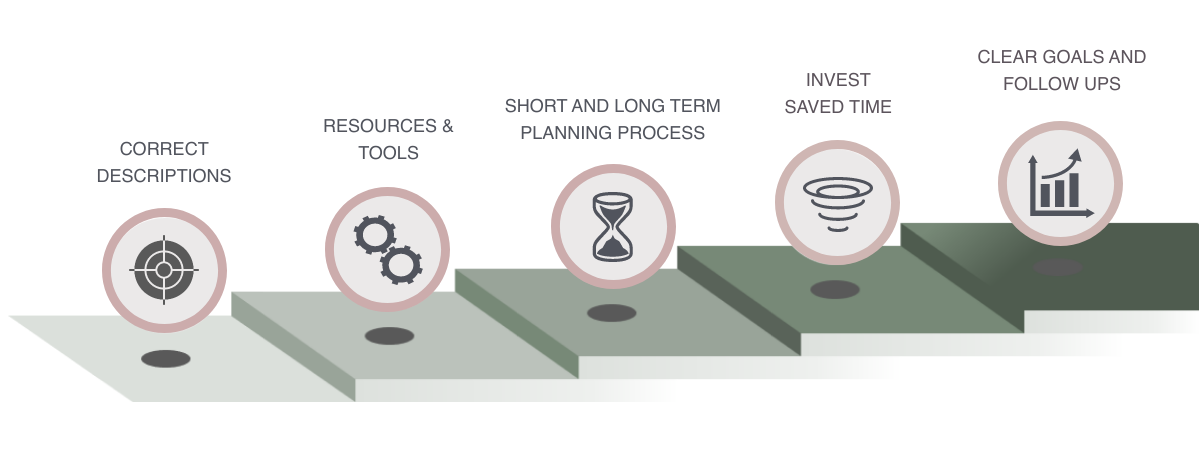
1) Correct description –the supply of resources is often in focus, but for resource planning to be made from the correct basis, first and foremost a fact-based description of the demand is needed and high quality of the input data has to be ensured
2) Resources and tools – sustainable resource planning is about continuously describing and optimizing demand and supply and matching these each day of production. A central resource planning system based on planning needs helps to unburden and support the organization, ensuring the right focus and a common way of working
3) Short- and long-term planning – to match demand and supply during the whole period, the planning organization should focus on different factors in different phases of the planning. The long-term planning should consider potential new businesses, employee turnover and potential competence gaps while the short-term planning manages e.g. educations, sick leave and planned downtime
4) Reinvest saved time – time saved by optimized resource planning can be used for different value adding activities. Sustainable resource planning invests parts of the freed time in e.g., professional training, environmental/quality management, and communication/daily production meetings to ensure a solid foundation for the organization to further develop from (as opposed to only focusing on how the freed time could result in short term cost savings). This opens possibilities for positive snowball effects
5) Clear goals and follow-ups – create a common view and objectives of successful planning and continuously follow up these to learn and improve. Think agile, improve the resource planning step by step and decide which areas to prioritize and how advanced the planning should be within these areas. Once a positive snowball effect is achieved, conditions for continuous improvement of planning, productivity, and quality are created. This results in further possibilities for competence and process development, more businesses, and lowered costs








